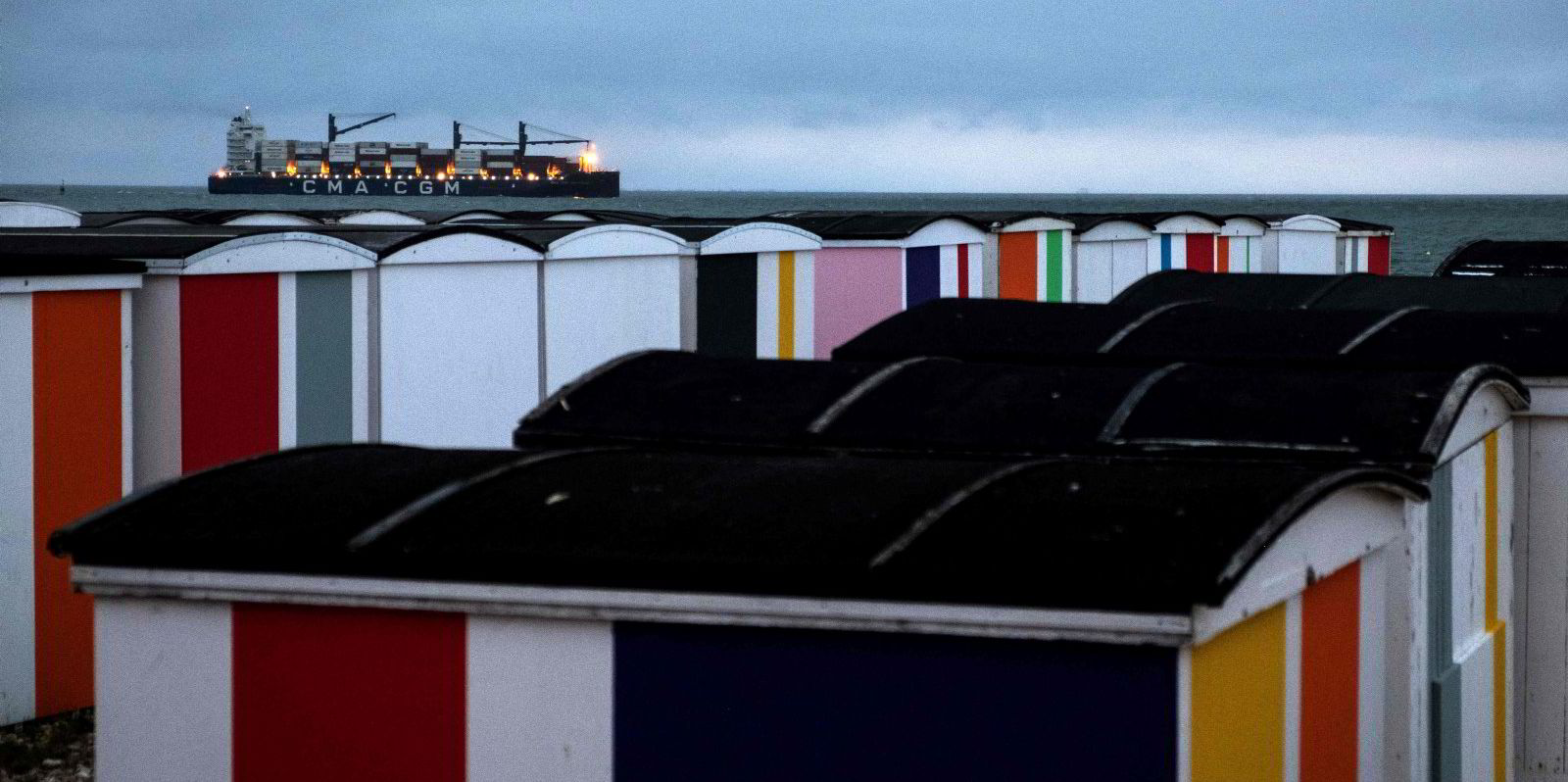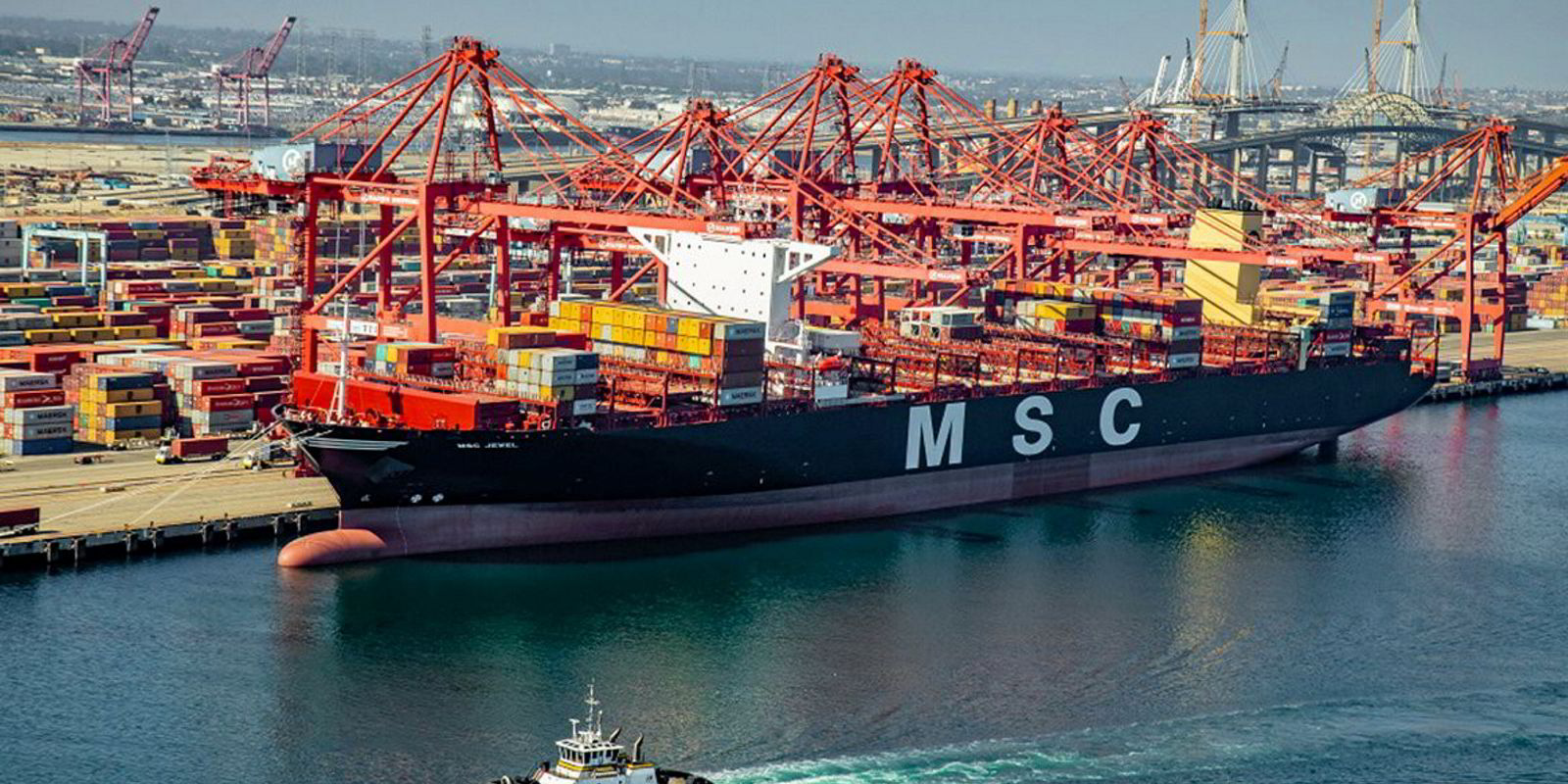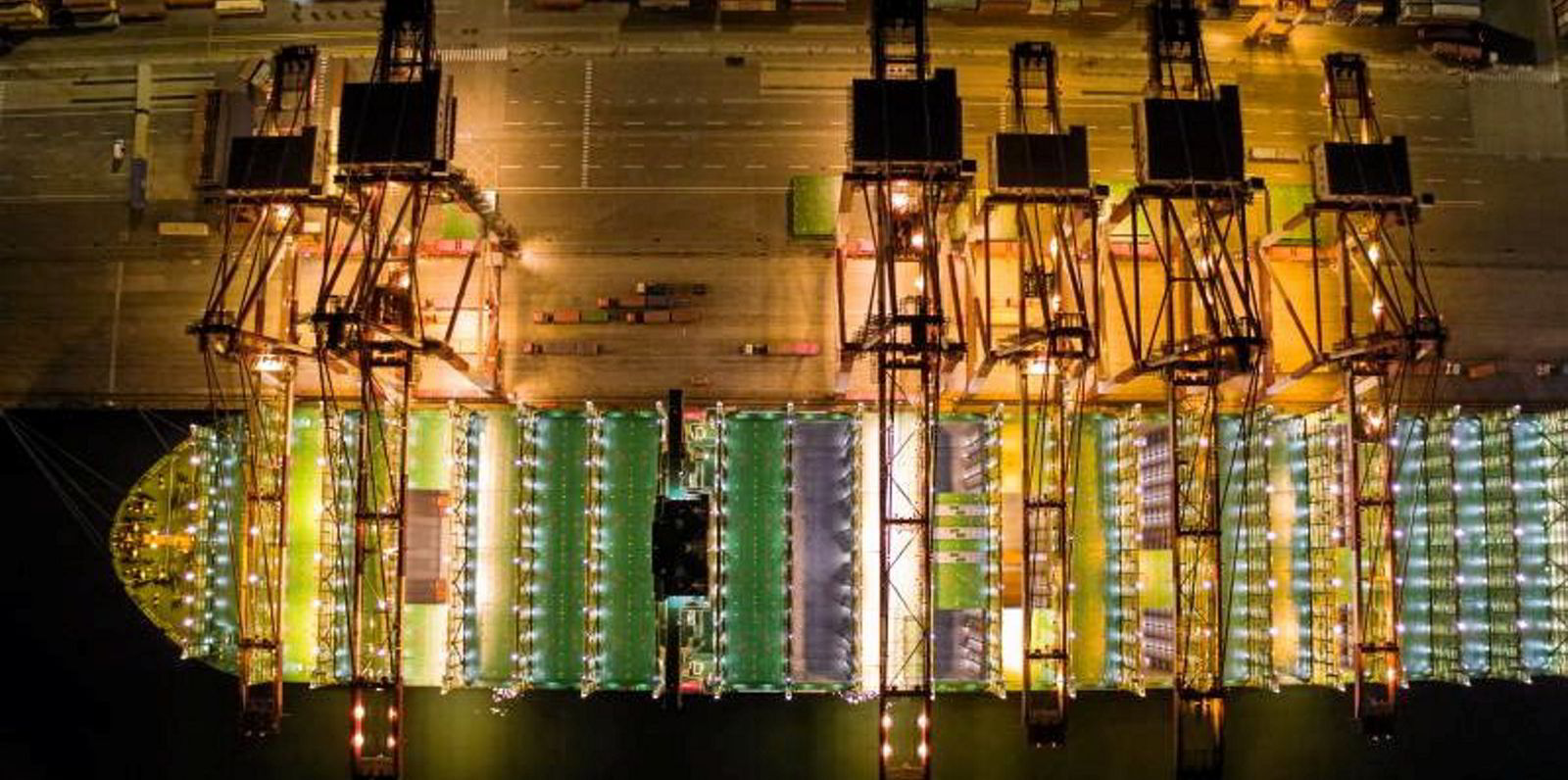There is nothing quite as exhilarating as a shipping boom: a real Nantucket sleigh ride with market demand taking the place of a harpooned whale.
A spate of new milestones have passed in current days, the latest being the value of the world shipping fleet hitting $1.2trn.
Soaring container and dry bulk trades have led the wider charge.
The Baltic Dry Index surged past 4,000 points on 20 August to reach its highest level since 2010. Capesize tonnage on spot charters on the Europe-to-China route was averaging over $67,000 a day — more than $50,000 across the piste.
The reasons for these high times are well rehearsed: the major bounce back of world trade after tight Covid-19 lockdowns.
China has been sucking in raw materials on bulkers and pouring out finished goods for export by containerships.
Port congestion and a mismatch of export and import needs have raised box rates dramatically, while ordering levels pre-2021 were low.
Now shipyards, devastated by a previous downturn in demand, have consolidated and begun to apply upward pressure on newbuilding values.
The total world commercial fleet value of $1.2trn compares with a level of $700bn in early 2010 and is up 25% this calendar year.
Clarksons Research figures also show secondhand vessel values in the company’s in-house price index reaching 163 points.
Price surges
This means that secondhand ships cost 75% more now than they did at the start of the year and are at the highest level since the tail end of the 2008 boom that ended with the financial crash.
The past 10 years have seen the value of the world fleet remain fairly steady so these current conditions are unusual.

It is certainly a good time to be a shipbroker, with an estimated $22bn-worth of secondhand ship transactions in the first half of the year.
So it was unsurprising to see Clarksons’ own six monthly profits up 30% at £27.3m ($37.8m).
The real daddy in the asset upturn has been the container sector, where the total fleet value has almost doubled to $247bn since 1 January.
Clarksons noted that a 10-year-old classic panamax ship of 4,500 teu that would until relatively recently have been valued at $19m could now sell for $60m.
Big containership operators have been scurrying for both new and used tonnage to meet expected demand.
Shipowners have been putting in bids for chartered vessels to fill slots next year, fearing looming shortages of vessels.
My colleague Ian Lewis noted that tonnage being prepared for the scrap market is now heading for new charter work in what Hamburg-based shipbroker Harper Petersen rightly calls a “crazy market”.
The containership fleet values recorded by Clarksons also includes newbuildings, such as Mediterranean Shipping Co’s huge $1.6bn order for 13 neo-panamax ships from China.
Newbuilding prices are at their highest level across the board since 2009. The price of a 15,500-teu containership has increased by 28% to $143m, while a 180,000-dwt capesize is up by a similar percentage at just under $60m.
Simpson Spence & Young now expects to see the brakes being put on capesize bulker scrapping as owners see the market rise.
Late to the party
Capesizes have been late to a wider bulker boom and despairing owners have scrapped 34 ships of more than 20 years vintage in the past 12 months.
The tanker market, of course, remains much more difficult — as are the offshore and cruise sectors.

Container shipping and dry bulk for the moment are driving the huge value in the world fleet.
The question that remains now is can this boom continue? Any big change in sentiment around the global economic outlook would certainly upset the sleigh ride.
For once, geopolitics risk has taken a back seat, although the Taliban takeover of Afghanistan has dented US pride, while China’s South Sea expansionism causes jitters in the West.
Beijing’s assault on its tech giants and private education sector did cause Wall Street to dump Chinese bonds and stocks recently.
There is also global nervousness around new Covid-19 variants forcing new lockdowns in future.
And there is scope for business sentiment being depressed by the US winding down its financial stimulus packages.
We all remember those Nantucket tales when the whale dives and drags the hapless harpoonist underwater.
But, for the moment, these are exciting times for the maritime world.








